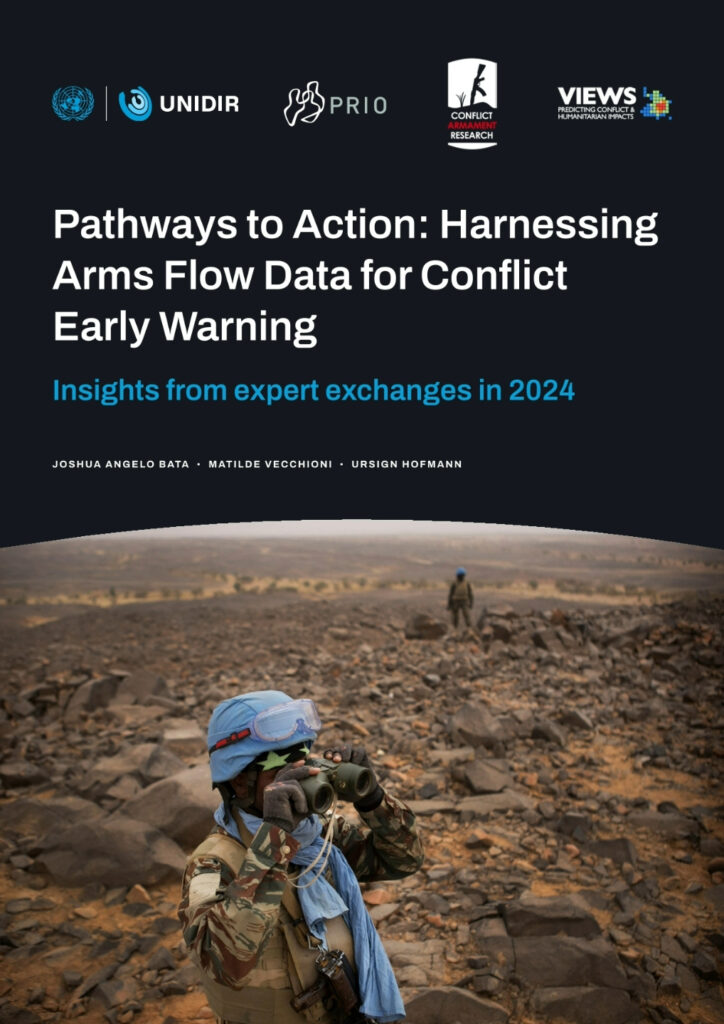The number of armed conflicts is at a record high since the Second World War, and they have become more complex, with devastating humanitarian and long-term impacts. Early warning of armed conflicts is thus essential, as it enables anticipatory action to prevent their outbreak, escalation and relapse, or to mitigate their consequences.
Conflict early-warning efforts need access to all relevant data that can improve their performance. Data on flows of conventional arms and ammunition could be relevant for such efforts: weapons flows into unstable regions have long been considered as a possible signal of a future outbreak, escalation or relapse of armed conflict. However, arms flow data is only used sporadically for early warning, and its potential remains underexplored.
To address this gap, the UNIDIR, Conflict Armament Research (CAR), the Peace Research Institute Oslo (PRIO) and the Violence and Impacts Early-Warning System (VIEWS) launched the initiative ‘Building Bridges and Incubating Ideas for Stronger Conflict Prevention: Harnessing Arms and Ammunition Flow Data for Early Warning’ to foster use of arms flow data for more effective early warning.
This insight distills the key takeaways and pathways for action that emerged from expert exchanges within this joint initiative.
Visit the Arms Flows and Early Warning Dashboard for a mapping of available arms and ammunition flows data, as well as early warning initiatives.
Citation: Joshua Angelo Bata, Matilde Vecchioni, and Ursign Hofmann (2025) “Pathways to Action: Harnessing Arms Flow Data for Conflict Early Warning, Insights from 2024 expert exchanges”, UNIDIR, CAR, PRIO, VIEWS. https://doi.org/10.37559/CAAP/25/PACAV/07.
